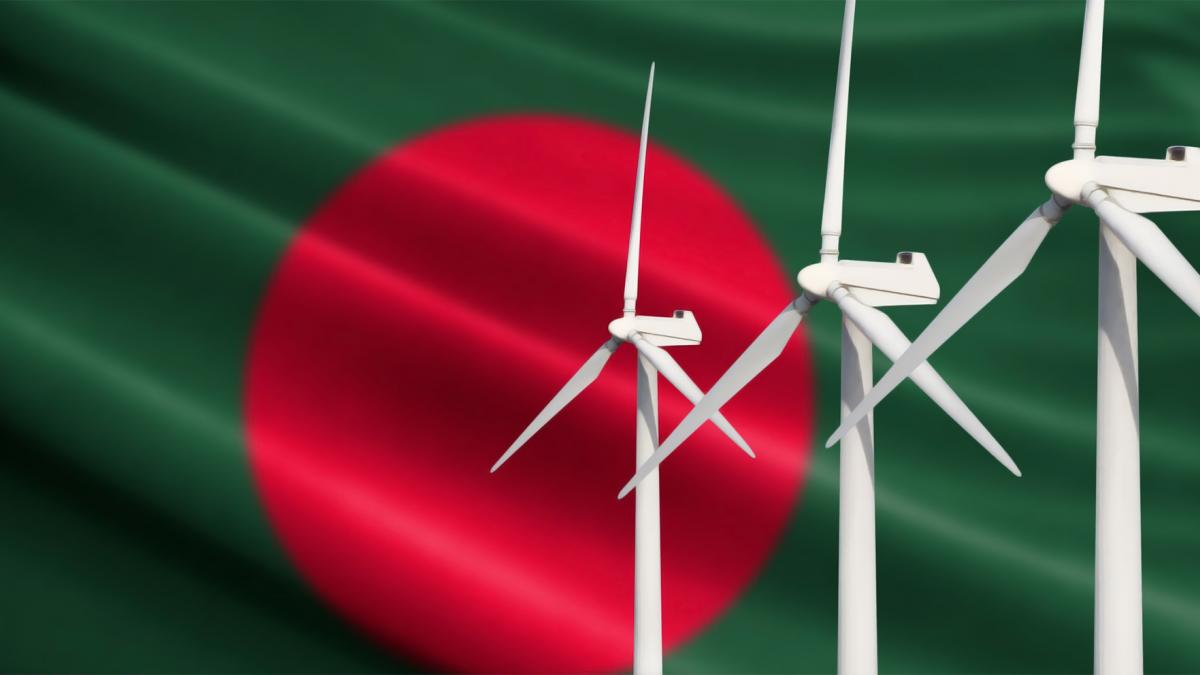Power Sector Reforms in Bangladesh
Scaling Up Renewable Energy (SURE)
White Paper –
This white paper assesses Bangladesh’s needs and drivers for electricity sector reforms, provides an overview of a reform model, and makes further recommendations for the country’s power system.
Bangladesh is on a path to become a middle-income country and is striving to become a developed nation by 2041. Before the COVID-19 pandemic, forecasts pointed to increasing national demand for electricity resulting from economic and population growth. Transitioning to clean energy would allow Bangladesh to diversify its power mix, reduce the risks associated with the volatile prices of fossil fuels, and decrease the negative environmental impacts of thermal power generation.
Introduction
Bangladesh’s growth needs to be supported by energy security and universal access to high quality, reliable electricity that can fuel economic and social activities. The country has made great strides toward these objectives in the last decades. The electricity access rate, one of the lowest in the world in 2000 at 20 percent, increased to 97 percent by 2020. Per capita electricity consumption increased from 110 kWh to 378 kWh during the same period. The power sector has seen the greatest development in the last decade, during which generation capacity has more than tripled, catapulting from deficit to overcapacity. At the same time, electricity system losses have fallen to about 8 percent and system reliability (measured by duration and frequency of outages) has improved substantially.
Nevertheless, reform progress has slowed in the last few years and new challenges have exposed structural and institutional weaknesses. Bangladesh needs to make structural changes through further reforms to the electricity system in order to be ready for the future.
Electricity Reforms Framework Overview
While monopoly systems around the world helped foster access and equity, they also created drivers to change the status quo. In developed countries, access to electricity rose dramatically and the quality and reliability of supply improved, making the sector viable. However, these gains came with excess capacity in infrastructure and high electricity prices. By contrast, developing countries had difficulty mobilizing adequate state funds due to the size of their public debt. Governments kept electricity prices low and highly subsidized, resulting in poor financial and operating performance, and electricity access remained sporadic. External developments included new technology (e.g., combined-cycle gas turbines), macroeconomic shocks such as the 1970s oil crisis and the 1980s debt crisis that reduced state funds, and a general shift from state-led to market-led systems in many sectors.
Responding to these drivers, reforms were designed to enhance efficiency in the electricity sector, increase access, improve service quality and reliability, reduce the price-cost gap through cost-reflective pricing, and increase investment. The reform process gradually developed into the “reference” or “textbook” model, which comprises the following six steps, not always in the same sequence:
- Corporatize and commercialize the national electric utility
- Pass legislation that creates a legal framework for electricity and establish an electricity regulator
- Introduce independent power producers
- Unbundle the supply of electricity to enable competition in generation and retail
- Divest state ownership and privatize electricity generation and retail
- Develop electricity markets to introduce wholesale and retail competition
Review of Electricity Reform Progress in Bangladesh
The Government of Bangladesh began reforming the power sector in the 1970s, a process that still continues today. The biggest push for reforms came in 2000, when the government adopted the Vision Statement and its annexed Policy Statement on Power Sector Reforms that aimed “to provide access to affordable and reliable electricity to all by the year 2020.” The statements announced seven main components that the government intended to adopt, which were essentially a version of the textbook model.
In 2008, the government released the 3-Year Road Map for Power Sector Reform: 2008-2010. Its primary objective was to create an institutional foundation to stimulate the substantial investment needed for economic growth and poverty reduction. This would require restructuring the power sector to improve its efficiency, transparency, and overall governance; facilitate effective and independent regulation; expand competition; and improve the quality of electricity services. Although the plan included specific reform initiatives, progress has slowed in recent years and the road map was never updated.
Way Forward for Power Sector Reform in Bangladesh
In view of its ambitious goal to achieve developed country status by 2041 and the challenges the electricity sector faces, Bangladesh needs to implement structural changes soon to guide the sector toward financial viability; improved availability, quality, and reliability of supply; increased private sector participation; enhanced competition; and affordable electricity for all. Critical key steps include:
- Transition from the single-buyer model to a wholesale electricity market
- Segregate transmission and load dispatch functions to establish an independent system operator
- Implement further horizontal unbundling in the distribution segment
- Implement cost-reflective tariffs
- Introduce private participation and ownership in transmission and distribution
- Make financing for energy infrastructure projects easier
- Scale up renewable energy’s share in the energy mix
- Modernize the electricity grid and focus on commercialization



